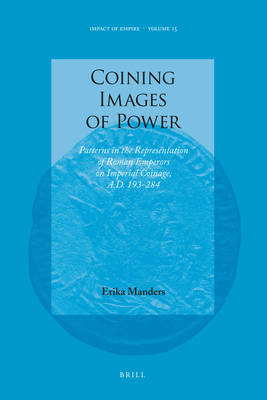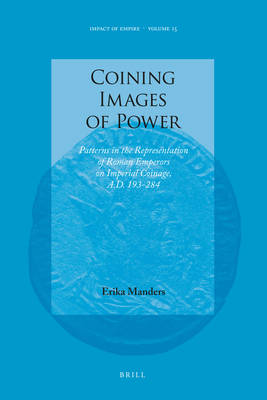
- Afhalen na 1 uur in een winkel met voorraad
- Gratis thuislevering in België vanaf € 30
- Ruim aanbod met 7 miljoen producten
- Afhalen na 1 uur in een winkel met voorraad
- Gratis thuislevering in België vanaf € 30
- Ruim aanbod met 7 miljoen producten
Zoeken
Coining Images of Power
Patterns in the Representation of Roman Emperors on Imperial Coinage, A.D. 193-284
Erika Manders
€ 267,45
+ 534 punten
Omschrijving
Current scholarship on Roman imperial representation addresses both the ways in which individual rulers presented themselves to their subjects and how particular aspects of imperial representation developed over time. This book combines these two approaches. It examines the diachronic development of the representation of Roman imperial power as a whole in one medium over a longer period of time. Through a quantitative and qualitative analysis of coin types issued between A.D. 193 and 284, patterns in the representation of third-century Roman emperors on imperial coinage are made visible. The result is a new perspective on the development of imperial ideology in times of crisis.
Specificaties
Betrokkenen
- Auteur(s):
- Uitgeverij:
Inhoud
- Aantal bladzijden:
- 384
- Taal:
- Engels
- Reeks:
- Reeksnummer:
- nr. 15
Eigenschappen
- Productcode (EAN):
- 9789004189706
- Verschijningsdatum:
- 6/01/2012
- Uitvoering:
- Hardcover
- Formaat:
- Genaaid
- Afmetingen:
- 165 mm x 244 mm
- Gewicht:
- 748 g

Alleen bij Standaard Boekhandel
+ 534 punten op je klantenkaart van Standaard Boekhandel
Beoordelingen
We publiceren alleen reviews die voldoen aan de voorwaarden voor reviews. Bekijk onze voorwaarden voor reviews.








